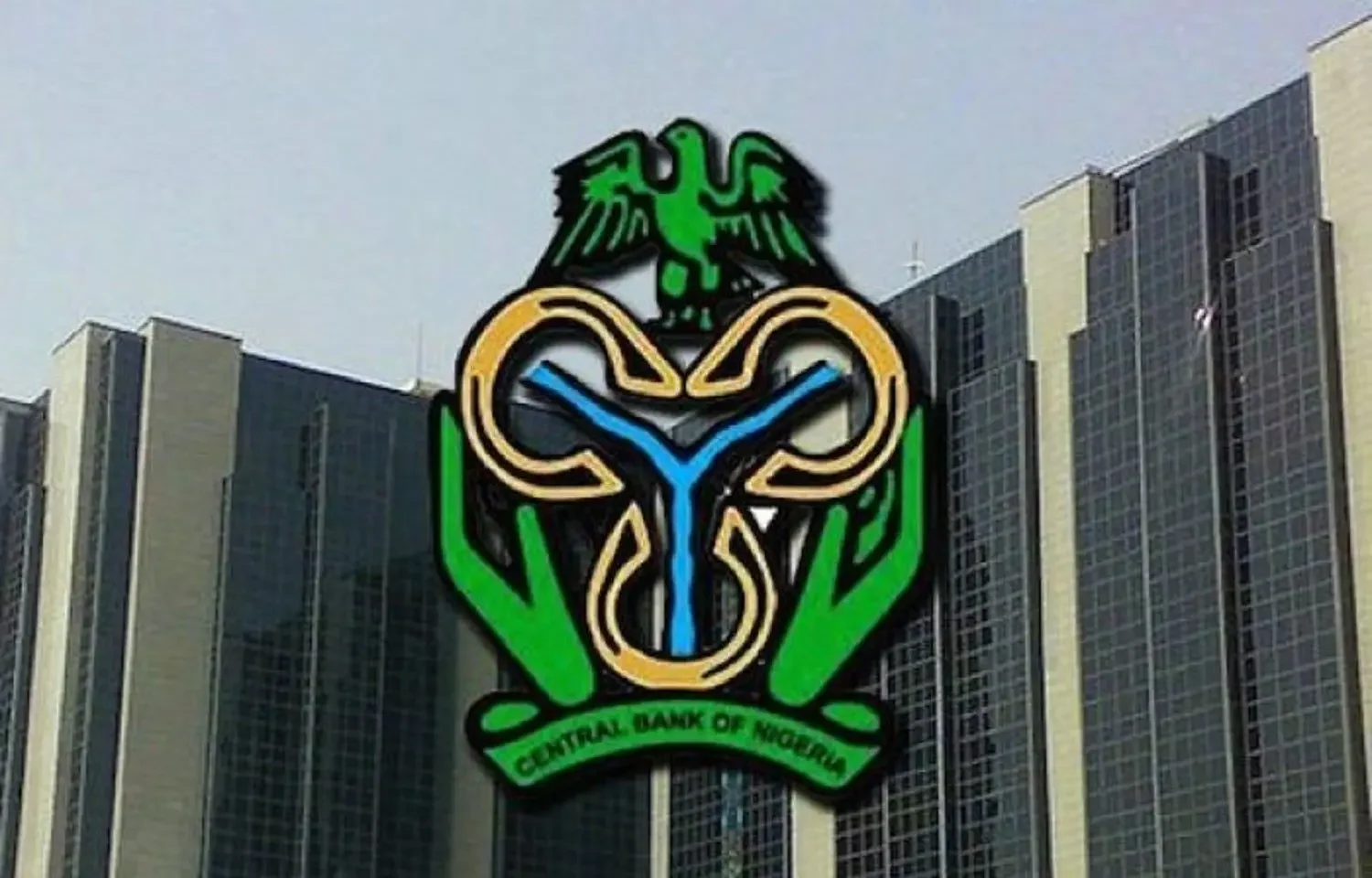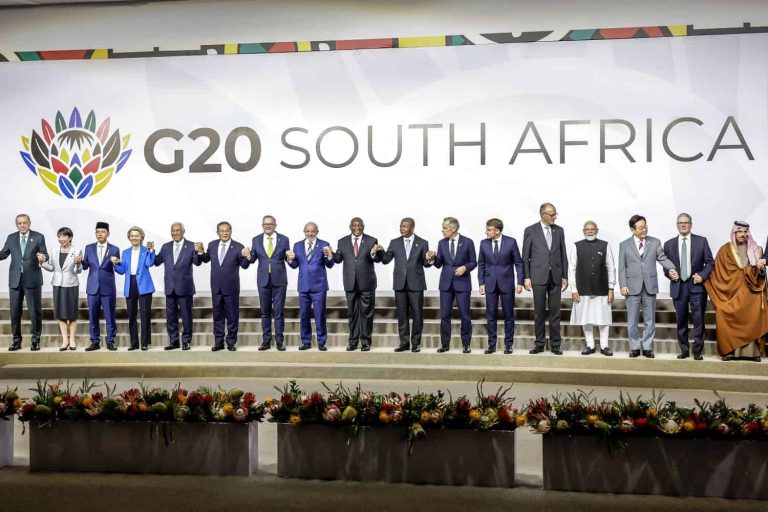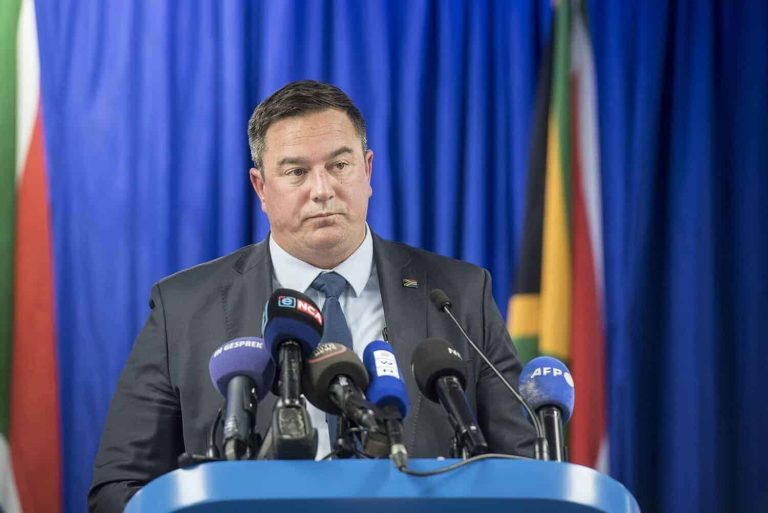
The Central Bank of Nigeria (CBN) has introduced a new monetary policy directive, mandating that 75 percent of non-Treasury Single Account (non-TSA) public sector deposits be held as reserves by commercial banks. The move is aimed at strengthening liquidity control and shielding the financial system from fiscal-driven volatility.
CBN Governor Olayemi Cardoso announced the new measure on Tuesday following the 302nd meeting of the Monetary Policy Committee (MPC) in Abuja. He explained that non-TSA deposits government funds still housed in commercial banks outside the TSA pose a risk to monetary stability due to their potential to flood the system with liquidity.
“Public sector funds, particularly those outside the TSA framework, have been identified as a major source of liquidity surges. By isolating 75 percent of such deposits, we are safeguarding the economy from undue fiscal liquidity pressures,” Cardoso said.
Key Policy Shifts from MPC Meeting:
- Monetary Policy Rate (MPR) cut by 50 basis points to 27%
- CRR for commercial banks reduced from 50% to 45%
- CRR for merchant banks retained at 16%
- Liquidity ratio held steady at 30%
- Introduction of 75% CRR on non-TSA public deposits
Governor Cardoso added that the decision to lower the MPR was informed by five consecutive months of disinflation and optimistic inflation forecasts for the remainder of 2025. He said the policy adjustments are designed to support economic recovery, credit growth, and investor confidence.
Understanding the Non-TSA CRR Mandate
Non-TSA public deposits are funds from government agencies, parastatals, and state-owned enterprises still lodged in commercial banks instead of being consolidated into the federal TSA platform.
The new 75% reserve requirement means banks must now sterilise three-quarters of such deposits, locking them away at the CBN and rendering them unusable for lending or investment.
Cardoso noted that this measure will not only curb excess liquidity but also enhance monetary policy transmission by improving the functioning of the interbank market.
Looking Ahead: Stability vs. Stimulus
The CBN’s latest policy stance seeks to strike a delicate balance—tightening control over public sector liquidity while loosening monetary conditions to encourage lending and investment. Analysts say the dual approach shows a shift from pure inflation targeting toward growth-conscious policymaking.
However, experts also warn that to sustain this momentum, the federal government must address fiscal leakages, boost non-oil revenue, and resolve structural bottlenecks, including insecurity and power supply challenges.



